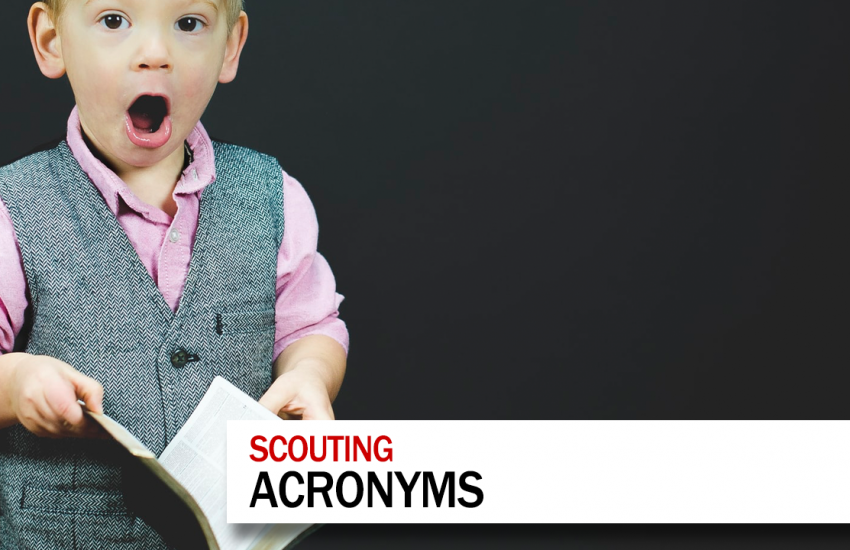A discussion of the merits of large and small sized troops in the boy scouting program.
Show Notes:
- A discussion of the Ideal troop size from Bryan on Scouting.
- Large vs Small troops discussion from Scoutbook.
- The Patrol Leader’s Handbook (Amazon)
- The Senior Patrol Leader’s Handbook (Amazon)
- A Scout Leader’s Guide to Youth Leadership Training: Working the Patrol Method (Amazon)
Transcript:
You might be in a large troop that used to be a small troop or a small troop that used to be a large troop or your troop might have always been large or small.
Troops change over time as the demographics of your area change, as boys age out, as boys move up from cubs, or don’t move up from cubs.
Younger scouts may have friends or family in existing troops that may lead them from one unit over another. Or the adult leadership might be naturally inviting to boys raising your unit size.
In all cases there are plusses and minuses to having either small or large troops.
Large group activities are a lot of fun, but obviously this only works if you have enough boys to make it work. Dodgeball is one of those activities that becomes a flurry of activity when you have a lot of boys.
But with larger groups comes more noise and the ability to control the room becomes harder. My troop is larger than most, and this is one of the reasons we have two assistant senior patrol leaders, as it helps with the organization and control.
The smaller your groups are the more hands on skill activities you can do as a whole group. To combat this in a larger troop, we tend to break into two groups. What this means however is that the patrol that is presenting needs to have two sets of presenters, which becomes an organizational thing that needs to be considered in advance.
Boy leadership is one of those areas that can suffer from an overly large group, as boys need a position of responsibility to advance to higher ranks. What we have begun to do, as a larger troop is to double up on a couple of positions, like quartermaster, where we have two boys in charge of the troop equipment.
One thing to keep in mind is that with two people in charge it can easily go to no one being in charge, as they can each look at each other to take on responsibilities.
Another thing we have done is to begin using the “Instructor” position. We have a boy in our troop that is in charge of knots. He teaches the younger boys anything knot related, and even has helped out at a district event showcasing knots. He has done a fantastic job so far, and I am proud of how he has taken on this responsibility.
From a troop coordination standpoint logistics can be a much more involved with larger troops. When I first joined our troop we were pretty small, about 16 boys. Logistics weren’t a problem. If you have 60-75 percent of the troop going on an activity, with a small group you are talking about transporting 9-12 boys. This equates to about 3 cars, depending on the size of the vehicle. Since we are generally pretty fortunate to get 4-5 leaders to attend a trip, this was barely a consideration.
But when a troop is 45 strong, the math becomes more difficult as 27-35 boys are spread out among the same 4-5 leaders. This brings us up short by at least 2 cars. Not to mention the associated gear necessary for the larger group. This makes us less agile and more reliant on other adults to pick up the slack.
Additionally, in the northeast, we spend about 3-4 months in cabins, which starts to become difficult when you have a large group.
But big or small the dynamic in the troop is always changing. Take what you like and leave the rest, and as we say in Woodbadge, feedback is a gift, leave yours below in the comments, with the hope we can all learn together.
I’m Scoutmaster Dave, and this was a bit on a troop size.




